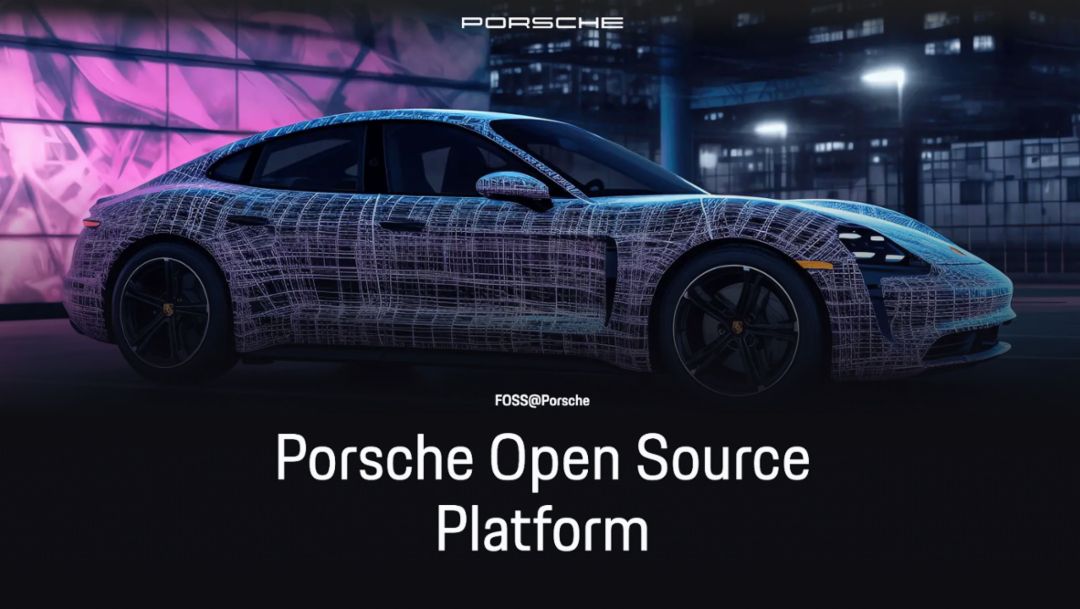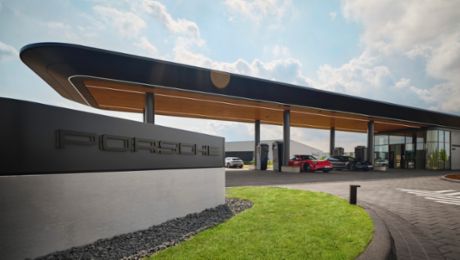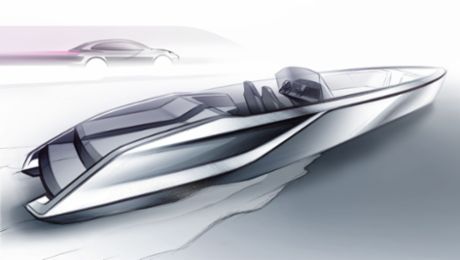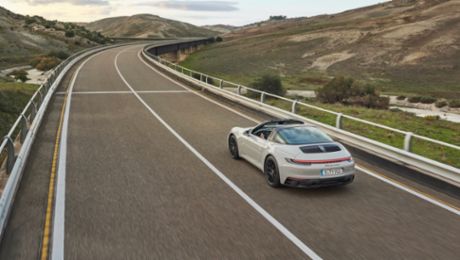Free and open-source software (FOSS) is playing an ever more important role in Porsche’s software strategy. By using open source software, Porsche is able to shorten development cycles, reduce costs, promote innovation and talent and improve software quality.
Next step in Porsche’s open source journey
Almost two years after the initiative, the company is taking the next strategic step and publishing the FOSS Movement. In this publication, Porsche describes the fundamental values and principles of free and open source software as well as employees’ role in working with it. In addition to the Open Source Office, employees from the vehicle development, corporate IT and legal departments, as well as Porsche Digital, were involved in the development of the FOSS Movement.
“Over the past two years, we’ve made remarkable strides and firmly anchored the use of open source within the company,” says Lutz Meschke, Deputy Chairman of the Executive Board and Board Member for Finance and IT at Porsche AG. “I believe that with open source, we can continue to advance the digital transformation at Porsche. And we are delighted by every talented professional in the field who wants to join us in that. Our teams work closely with a global community of technology leaders. And with the Porsche FOSS Movement, they have now established a common foundation of values, principles and goals across all subsidiaries and national borders on which to build for the future.”

Consistent use of FOSS and collaboration with communities
One of the values set forth in the FOSS Movement is the consistent use of open source throughout the company: “We strive to shift from commercial software to open source software wherever possible and useful. This gives us greater flexibility, reduces dependencies and allows us to benefit from the open source community,” says Nikita Peters, Director of Porsche Open Source Office.
Another element is the active engagement with the worldwide open source communities. The objective: to learn from and with each other and advance the open-source software movement. This facilitates collaboration and knowledge-sharing across company borders.
To achieve these objectives, the Porsche Open Source Office has implemented various measures:
- The development of lean processes as well as uniform tools based on FOSS for the automation and orchestration of open source software in all Porsche products, such as the OSS Review Toolkit and the ScanCode Toolkit project.
- Investment in training and qualification for employees in order to ensure that the potential of open source is put to optimal use.
- Joint development of the Porsche Open Source Platform in collaboration with Porsche Digital. This platform serves as one-stop shop to establish transparency on Porsche’s open source activities. This makes it easier for all Porsche employees to get involved in open source and publish code as contributors.
Open source drives innovation
Open source is a significant driver of the digital transformation at Porsche and already provides the foundation for many solutions in Porsche’s software ecosystem today – from control units in the vehicle to prototype tests, the My Porsche digital platform and the Porsche Design System. Porsche is also involved in the Android Open Source Project. Its open approach enables Porsche to analyse software code, bring own requirements to bear in the global project and improve the overall driving experience on the basis of an established platform.
Beyond the technological advantages, open source projects like this offer Porsche the opportunity to find new talent and work closely with a global community of technology leaders.
.png/jcr:content/MicrosoftTeams-image%20(18).png)




